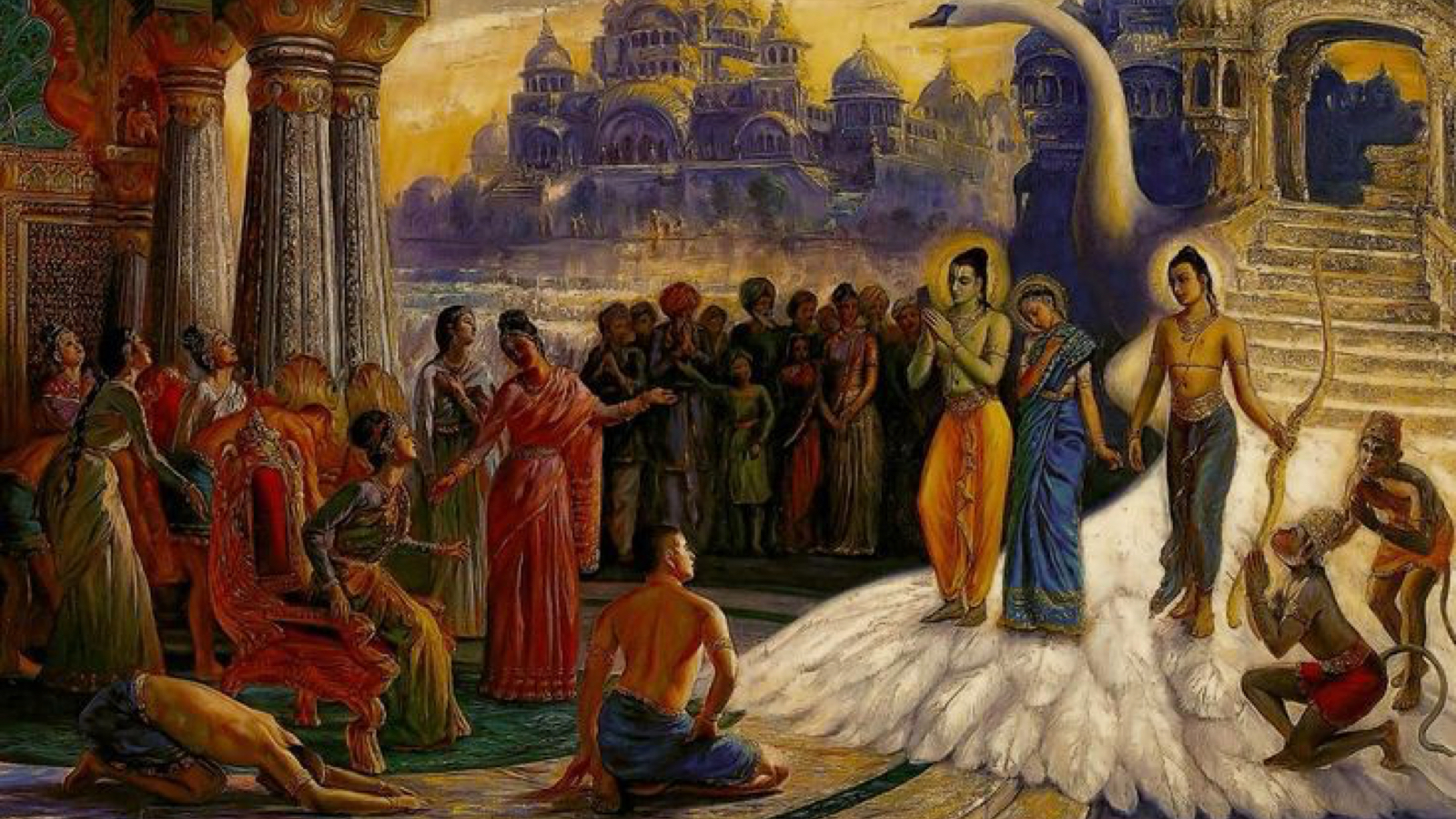An inflexion point in the Indian civilisational journey as 500 years of struggle to reclaim a sacred piece of land ends successfully and a new era dawns.
By Shobhit Mathur, Co-Founder and Dean at Rashtram School of Public Leadership
12:15:15 PM Aug 5th 2020 will be an inflexion point in the Indian civilisational journey. Ayodhya the invincible city will rise again from the debris. 500 years of struggle to reclaim a sacred piece of land ends successfully and a new era dawns. The first brick of the Ram Janmabhoomi Temple will be placed, and with that brick, the foundation of a civilisational renaissance will be laid. The 500-year struggle was not for a piece of land alone, it was for our civilisational identity. It was not against anyone but for self-respect and dignity. It continued for 25 generations and involved all segments of society. This is a story that carries lessons for not just Indians but for the rest of the world.
Ayodhya, in the popular imagination, is associated with the birthplace of Shri Ram and the Ikshvaku dynasty. It is little known that Ayodhya is the sacred land for all dharmic traditions of India. Five of the twenty-four Jain tirthankaras, including the first Rishabhanatha, were born in Ayodhya. According to the Chinese scholar Xuanzang who visited Ayodhya in the 7th century, Gautam Buddha stayed in Ayodhya for 6 years and the city was a Buddhist centre at that time. Guru Nanakdev, Guru Tegh Bahadur and Guru Gobind Singh from the Sikh tradition have stayed in Ayodhya during their times. Today two Gurudwaras in Ayodhya have preserved this memory through their artefacts. Ayodhya also has sacred Shakti and Shiva temples, where Shri Ram had prayed. On the whole, Ayodhya is the spiritual motherland of all dharmic traditions of India.
Temples hold our civilisation together by giving it a spiritual foundation. Walk into any temple and you will observe that spirituality dissolves the external diversity of people who visit. They have unified us by creating a common geo-cultural identity. The sacred Shri Ram temple built at his birthplace in Ayodhya was razed to the ground in 1528 on the orders of the Mughal invader Babar. This action is typical of a dogmatic invading force that wants to establish political dominance over the conquered land. They attack the revered symbols of their subjects. Acclaimed historian Arnold Toynbee in his book ‘One World and India’ writes “Aurangzeb’s purpose in building those three mosques (Ayodhya, Kashi and Mathura) was the same intentionally offensive political purpose that moved the Russians to build their Orthodox cathedral in the city centre at Warsaw. Those mosques were intended to signify that an Islamic government was reigning supreme, even over Hinduism’s holiest of holy places. I must say that Aurangzeb had a veritable genius for picking out provocative sites. Aurangzeb and Philip II of Spain are a pair. They are incarnations of the gloomily fanatical vein in the Christian-Muslim-Jewish family of religions”. Many civilisations of the past have fallen to this religious barbarism, never to rise again. But despite repeated invasions of the last 1200 years, the Indian civilisation has risen back each time and Ayodhya’s resurrection is the most recent symbol of that victory.
This civilisational struggle to reclaim the sacred has a lesson for all of us. We are trustees of our sacred civilisational heritage. Our duty is to protect, preserve and promote it. It is our identity. It is our path to transcendence. Our ancestors have laid down their lives to protect it – warrior kings, temple priests, charitable businessmen, poets, mothers, grandparents, temple sculptors, painters, theatre artists, and more. While the sacred was broken, they kept the story alive in their hearts and minds and passed it on for 500 years. Compromise was an available option at each stage, but they persevered. They didn’t see the fruits of their action, but they kept the fire on. This is the power of spirituality, that places the sacred about the material. There is no better example in world history of a wounded civilisational fighting a battle for centuries and emerging victorious.
Each time India’s wounds heal she sends a message to the world. Dr Rajendra Prasad said on the renovation of Somnath temple in 1951 “By rising from its ashes again, this temple of Somnath will proclaim to the world that no man and no power in the world can destroy that for which people have boundless faith and love in their hearts… Today, our attempt is not to rectify history. Our only aim is to proclaim anew our attachment to the faith, convictions and to the values on which our religion has rested since immemorial ages.” This is the same spirit with which Ayodhya, the invincible city, will resurrect. A civilisational renaissance is here. We are blessed to live this moment. A new dawn, a new festival, a renewed pledge.
Jai Shri Ram

